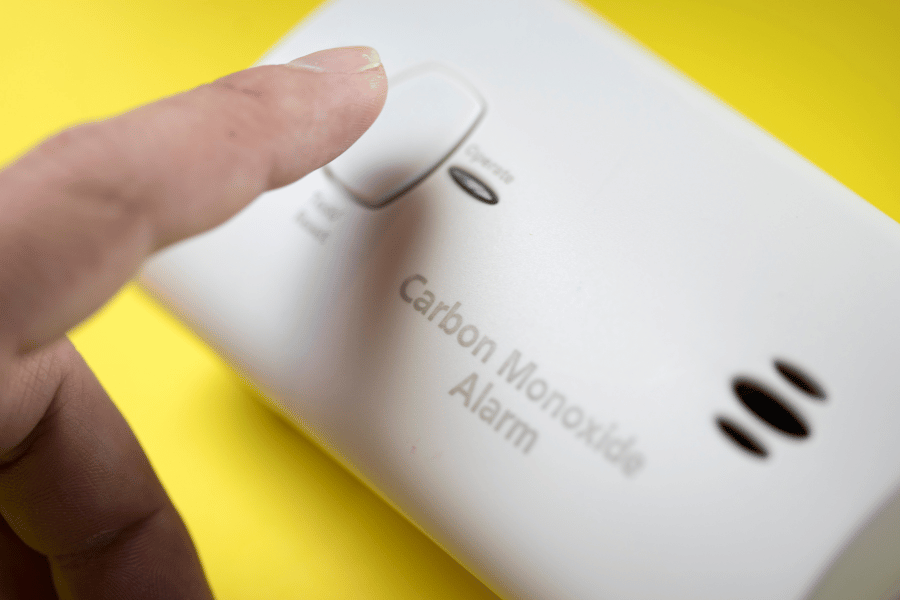Your home is your haven. It’s where you and your family share memories, celebrate milestones, and find solace from the world outside. Ensuring the safety of your home environment is paramount, and one significant aspect of this safety is being vigilant about potential carbon monoxide leaks from your HVAC system.
Understanding Carbon Monoxide
Before we delve into the nitty-gritty, it’s essential to understand what carbon monoxide (CO) is. It’s a colorless, odorless gas that can be deadly when inhaled in large amounts. Produced by the incomplete burning of various fuels, including coal, wood, charcoal, oil, kerosene, propane, and natural gas, CO can become a silent and lethal intruder in your home if not detected in time.

Signs of a Potential Carbon Monoxide Leak
- Physical Symptoms: If you or any family member starts experiencing unexplained flu-like symptoms such as headaches, dizziness, nausea, or fatigue, it could be due to CO exposure. Always prioritize your health; if symptoms persist, seek medical attention immediately and ensure you mention the possibility of CO poisoning.
- Streaks or Soot: Keep an eye out for any soot or yellow/brown streaks around or on your furnace. This can be an indication that the combustion process isn’t operating correctly, leading to increased CO production.
- Excessive Condensation: If your windows become excessively foggy or there’s more condensation than usual, especially near the appliance, it might be a warning sign.
- Flame Color: Ideally, the pilot light in your furnace should be blue. If it turns yellow, it can be an indication of a potential CO leak.
- Familiar Devices Acting Up: If your carbon monoxide detector alarms or even household appliances like your stove or refrigerator aren’t functioning correctly, they may be indirectly hinting at a carbon monoxide problem.
Safety First with Carbon Monoxide Detectors
The most reliable way to detect carbon monoxide in your home is by installing CO detectors. Position them near your HVAC system and in sleeping areas. Regularly test and replace the batteries to ensure they’re always operational.
Routine Maintenance is Key
Regular check-ups and maintenance of your HVAC system can’t be stressed enough. Just as you’d go for a medical check-up or service your car, your heating and cooling system needs periodic reviews. Certified professionals can detect potential problems before they escalate, ensuring that your system is running efficiently and safely.
What to Do in Case of a Leak
Should you suspect a carbon monoxide leak:
- Evacuate everyone from the home immediately.
- Call emergency services or your local fire department.
- Seek medical attention if anyone shows signs of CO poisoning.
- Once the home is deemed safe, consult a professional to inspect and repair the HVAC system before returning.
Final Thoughts
For homeowners in Georgetown, Round Rock, Cedar Park, Leander, and Liberty Hill, Texas, the safety and comfort of your home is non-negotiable. Being proactive and knowledgeable about potential hazards, like carbon monoxide leaks, ensures that your haven remains just that—a safe and nurturing environment for you and your loved ones.
Remember, awareness and prevention are the best safeguards against carbon monoxide. Let’s keep our homes safe, one HVAC system at a time.
If you are experiencing a problem with your air conditioning or heating call us at 512-336-1431 to schedule an appointment. We’ll be glad to come out and take a look at the issue.
1431-183 A/C & Heating proudly serves Round Rock, Georgetown, Cedar Park, Pflugerville, Leander, Liberty Hill, and North Austin.
